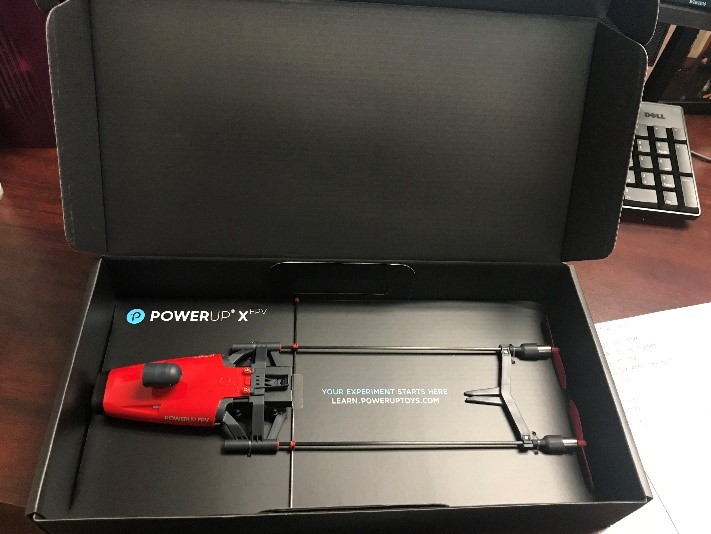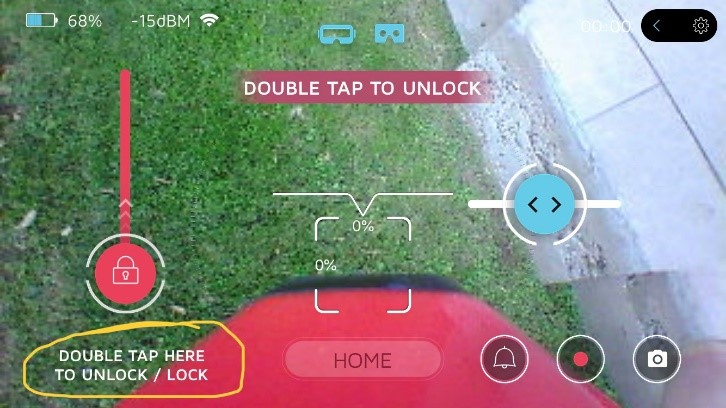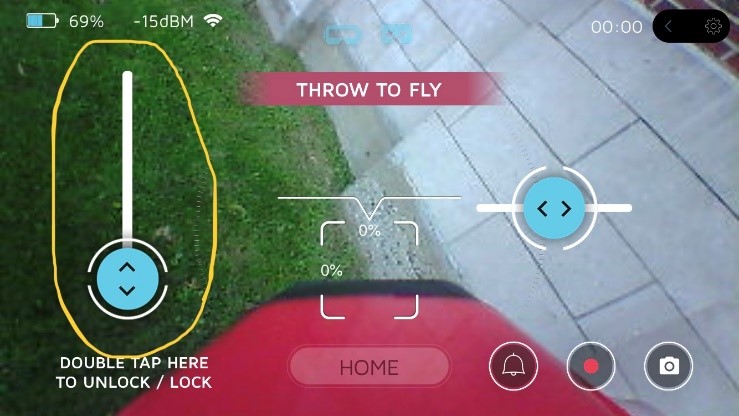Flying the PowerUp X FPV
By Edwin P. Christmann
Posted on 2019-01-25
Introduction
The PowerUp X FPV allows users to view a video as their paper airplane flies. Subsequently, the PowerUp X FPV is designed for users in middle grades to high school and can offer opportunities to go outside to test the airplane. Moreover, students can use their cellular phone to view images of the flight at it is compatible with both Android and Apple products. Hence, a free “app” allows users to control their airplane’s flight from their cell phone. Moreover, the “app” contains tips for getting started with a pre-flight tutorial video and a pre-flight checklist to better prepare for the flight. Within the “app,” there is also an alarm users can sound to locate their plane if the flight goes into an area where it is hard to find.
Image 1: PoweUP X

Before flying the plane, to get the most out of the experience, make sure the battery is fully charged. To charge the battery, a USB cord is needed and will take about 90 minutes. Next, users can follow the simple folding instructions on the PowerUp X FPV website to construct their plane. The instructions can be found under the “How to Fold” section of the PowerUp website. The instructions were easy to follow and can be found at https://flightdeck.poweruptoys.com/cwists/preview/959x. Finally, when the battery is fully charged (as indicated by a green charging light) users can “convert from paper plane to paper drone.” This can be done by following the diagram included in the instructions for connecting the paper plane to the PowerUp FPV Module.
When it is time to fly the plane, users must connect to the PowerUp WiFi network and then launch the PowerUp FPV App. Users must then go through the pre-flight checklist to ensure that their plane is ready for takeoff. Once the pre-flight checklist is complete, users are ready for takeoff. To begin the takeoff, users need to double-tap in the region indicated on the screen of their cell phone to unlock the throttle. Once this is done, an automated voice will say, “You are cleared for takeoff.” Image 2 shows the area that must be double tapped and is circled in yellow.
Users must then move the sliding bar on the left side of their screen to turn the throttle up (the throttle can be turned up anywhere from 0-100%). Moving the sliding bar is what allows the motors to activate the propellers to move the plane. Image 3 shows the sliding bar which controls the throttle and is circled in yellow. Thus, to fly the place, the user simply releases the plane into the wind and the plane will take off! A nice feature is that the plane is equipped with crash detection. Therefore, when the plane lands or crashes, an alarm sounds from the plane to help users locate their plane.
Image 2: The area users must tap to unlock is circled in yellow.

Image 3: The throttle bar is circled in yellow.

What’s Included:
-4 sheets of paper with lines to guide students in folding their paper airplanes
-1 PowerUp FPV Module
-2 extra blades
-1 instruction manual
-1 battery
What Needs Purchased Separately:
-Micro USB cord for charging
-Micro SD card- If you want to save your flight videos
Classroom Uses:
The PowerUp website provides an assortment of resources for teachers to select kits their classrooms. As you will find, ther are a variety of different models for teachers to choose from, and classroom sets can be purchased at reasonable prices with academic discounts available. In addition, the website provides a free “Teacher Guide” in PDF format with lesson plan ideas for teachers. From what we found, the lesson plans are good and aligned with primary, middle, and high school NGSS standards. The lessons are focused on aeronautic related concepts and are will suited to the physical sciences. The following is a link to the free Teacher Guide PDF https://cdn.shopify.com/s/files/1/0165/4322/files/PowerUp_Teacher_Guide_21.06.2018.pdf?5564353080247095108.
Tips for Getting Started:
To begin, take a look at the PowerUp website and review the resources, guides, and answers to frequently asked questions. Once there, you will find video tutorials to help get you started can be found at https://www.poweruptoys.com/pages/powerup-fpv-lp. From our experience, the PowerUp X offers students a meaningful learning experience that is motivating and enjoyable!
Specifications:
-Video: Swivel wide angle VGA camera
-Video latency: 80-120ms
-Video frame rate: 30 fps
-Camera lens: 100×130 wide angle
-Battery size: Hot swap 550 mAh Lithium polymer
-Battery life: 10 Minutes flight per charge
-High Intensity Buzzer- perfect for finding a lost drone
-Charging time- 90 minutes
-Max speed: 20 mph/32 km/h/ 9m per second (depending on the airplane design)
-Airplane gross weight: 2.8 oz/ 80 grams/ 3 ounces
Video 1: Auto Pilot Test
Cost:
$139.99
About the Authors:
Edwin P. Christmann is a professor and chairman of the secondary education department and graduate coordinator of the mathematics and science teaching program at Slippery Rock University in Slippery Rock, Pennsylvania. Emily Ferraro is a graduate student in the mathematics and science teaching program at Slippery Rock University in Slippery Rock, Pennsylvania.
Disclaimer: The views expressed in this blog post are those of the author(s) and do not necessarily reflect the official position of the National Science Teaching Association (NSTA).


